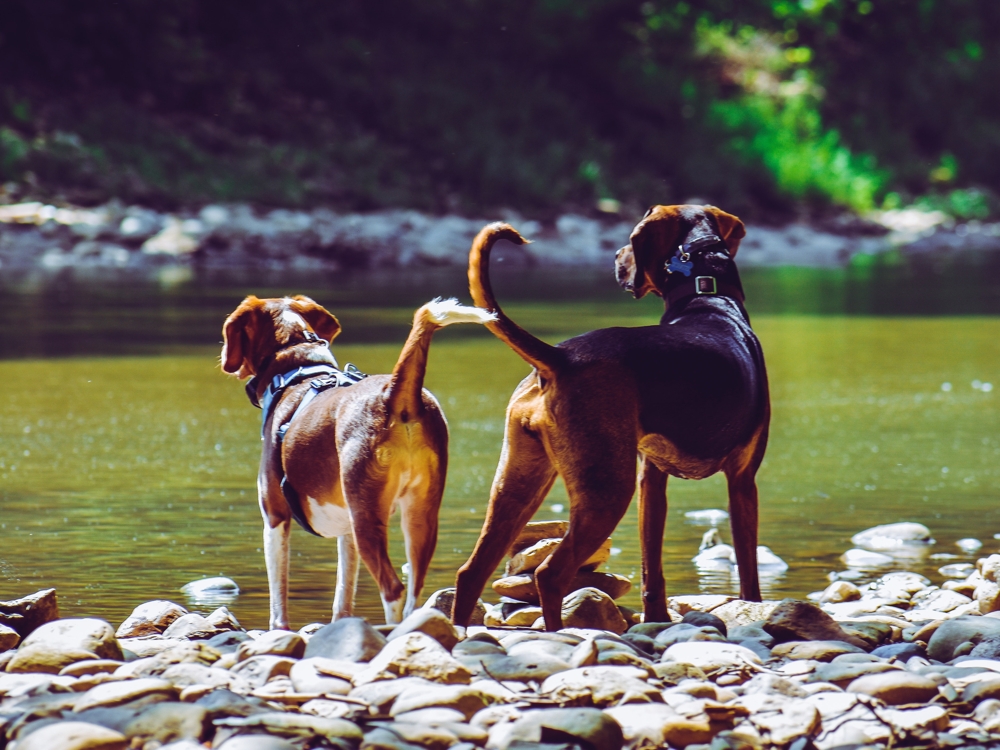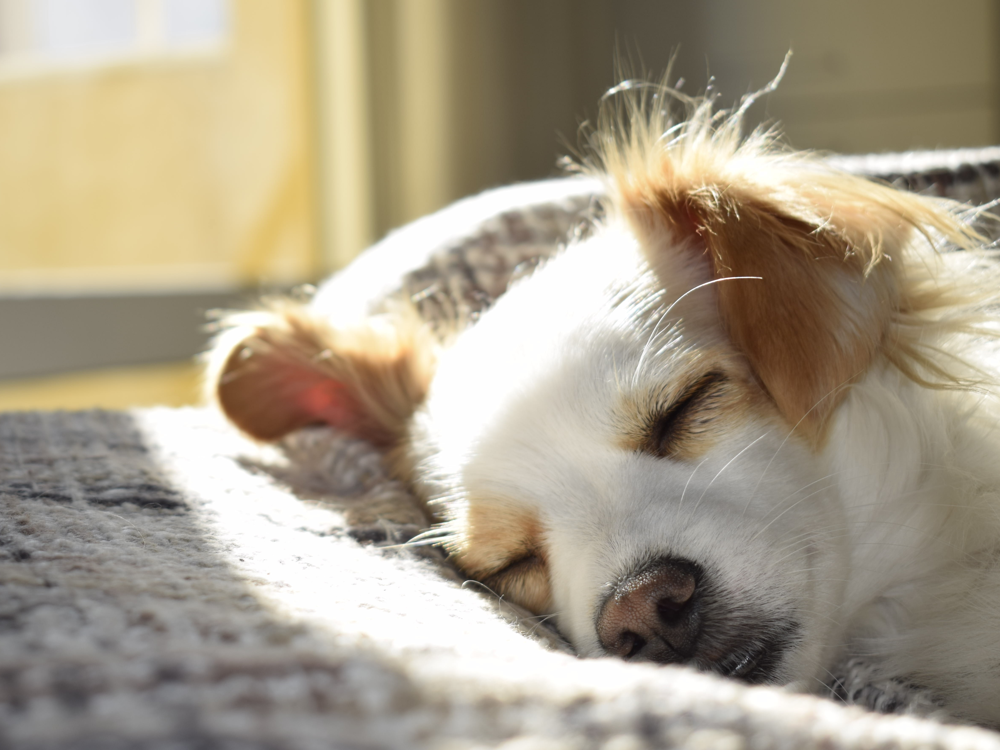Why is my dog not eating his food anymore?
Share
[Sassy_Social_Share]Dogs are famously enthusiastic eaters. Feeding time is normally one of the highlights of their day. So if your dog suddenly stops eating, it is alarming. While dogs are great at communicating their feelings, they aren’t so good with explaining them. Your dog can make it clear he doesn’t want his food, but unfortunately he can’t spell out why.

“Why is my dog not eating his food anymore?” is one of the most frustrating questions dog owners have. The difficulty is because dogs can go off their food for so many reasons. Mostly it isn’t serious – but it can also be extremely serious. The reasons can range from health or emotional issues to simply being bored with the same food. Of course, you should always start by making sure there is nothing wrong with the food. Look online and ask your vet to see if it has been recalled or anything. This is extremely rare in Ireland and the UK, although it has been a problem in the USA on occasion.
Dog owners have to be detectives to discover the answers why their dogs have gone off their food. We have to search for clues in our dog’s behaviour and demeanour, and yes their bowel habits. Understanding why our dog isn’t eating will tell us what we can do to encourage him to eat normally again.
Why Is My Dog Not Eating His Food Anymore?
When your dog has gone off his food, the first thing to figure out is if he is bored of it or if there is a health issue. If he is showing any signs of being ill or off form, such as being restless, whining, vomiting or anything unusual, a trip to the vet is in order. Ruling out a medical problem is critical. Once you know that your dog is not suffering from an illness, poisoning or injury, another type of health issue should be ruled out.
Dental problems can make eating dry food difficult for dogs. If you can safely do so, have a look in your dog’s mouth. Do you see any cracked or broken teeth? Are his gums bleeding or swollen? Is there much build up on his teeth? Your dog’s dental health is extremely important for his overall well-being. It’s important to clean your dog’s teeth regularly, and your vet should check them too. Having your dog’s teeth cleaned is a common and normal part of his care, although they don’t need a professional cleaning nearly as often as we humans do!
Sometimes the reason can be social or emotional. If you have more than one dog, watch them during feeding time to make sure one is not intimidated by the other. It is best to keep their dishes far apart. While dogs are social creatures, they can be very competitive for food. Sometimes a timid dog is reluctant to eat when another dog or even a person is in the room. Dogs can also be distracted during feeding time, especially young dogs. If your dog’s health and teeth are fine, try moving her dish to a quiet spot where she can eat alone.
Usually when people are asking “why is my dog not eating his food anymore”, the first assumption is that the dog doesn’t like the food or is bored with it. And sometimes that is actually the case! The good news is that it is the easiest feeding problem to fix.
Healthy Ways to Encourage Your Dog to Eat
Dogs will rarely skip enough meals to do themselves any harm unless there is an underlying medical issue. As they say, hunger is a good sauce. If our dogs go off their food, we’re often tempted to give them extra treats and table scraps so they aren’t hungry. This can become a cycle that basically rewards your dog for not eating her food. If you have ruled out any other problems and your dog is not underweight, the first approach is to just stop the treats. Increasing your dog’s exercise can also help her appetite.
Often, dogs just need a little encouragement. Instead of giving your dog table scraps, try mixing them in her food. While some human foods are unhealthy or even toxic for dogs, others are good for them. Cooked meat without bones, sauce or seasoning is always popular. Small bits of cheese, carrots, and other vegetables are also good. Dogs love eggs, so if you have left over cooked egg you can mix that in her food too. Avoid processed foods, garlic, onion, raisins and grapes. When in doubt, always take a moment to check the particular food before feeding it to her.
This tactic can help you get through a bag of food you don’t want to waste, but it is not a long-term solution. Sometimes, you do need to change their food. This should be done gradually in increments. A sudden change is likely to upset her digestion.
Rotation Diet for Dogs
Many canine picky eaters can be kept happy with a rotation diet. This is a great way to give them enough variety to keep them happy without changing their food too frequently. With a rotation diet for dogs, you can change their food every three or four months, or even every six months. The important thing is to pick healthy dog foods with wholesome ingredients that suit your dog’s size, age and activity level. If your dog’s activity level changes at different times of year, a rotation diet can ensure she is getting the appropriate level of calories for her current activity level. Switching between Leader and Engage works well for dogs who are very active part of the year and less active in other months. If you are curious about grain-free dog food, using it in a rotation diet is an alternative to a complete switch. Rotating Go Native and Leader gives your dog all the benefits of both.
Trying a different food on a rotation diet can keep your picky eater happily eating well. With three healthy, wholesome options from Connolly’s Red Mills, you can rotate while still staying with a brand you know and trust.





